Is There Paprika in Mexican Chili Powder? A Spicy Investigation!
If you've ever stood in the spice aisle pondering the subtle differences between a dozen jars of red powders, you're not alone. The mystery deepens when it comes to Mexican chili powder: does it actually contain paprika or is that just a myth?
In this article, we’re peeling back the layers—literally and figuratively—to uncover what’s really inside your favorite Mexican chili powder. Whether you're an amateur cook experimenting with taco Tuesdays or a seasoned chef looking to refine your salsas, this spicy breakdown will help you navigate the world of seasonings like a pro.
Table of Contents
- What Is Mexican Chili Powder?
- What Exactly Is Paprika?
- Do They Mix? Does Mexican Chili Powder Contain Paprika?
- Visual Comparison: Paprika vs. Mexican Chili Powder
- Why It Matters: Flavor, Color & Culinary Use
- Buying Guide: How to Choose the Right Chili Powder
- FAQs: Spice It Up!
- Conclusion
What Is Mexican Chili Powder?
Mexican chili powder is more than just a fiery red sprinkle—it’s a complex blend of dried chilies, spices, and sometimes even aromatics like garlic and onion. Unlike the generic “chili powder” found on U.S. supermarket shelves, authentic Mexican versions often vary by region and recipe.
Common ingredients include:
- Dried ancho, pasilla, or chipotle peppers
- Cumin
- Garlic powder
- Oregano (typically Mexican oregano, which is different from Mediterranean varieties)
- Salt
- Black pepper
What Exactly Is Paprika?
Paprika is made from ground, dried sweet or hot peppers of the Capsicum annuum family. It’s most famously associated with Hungarian cuisine but is widely used across global cooking for both flavor and color.
There are three main types:
- Sweet paprika – Mild, earthy, and slightly sweet.
- Smoked paprika – Smoky and rich; available in sweet, bittersweet, or hot varieties.
- Hot paprika – Contains more heat due to added chili seeds or hotter pepper varieties.
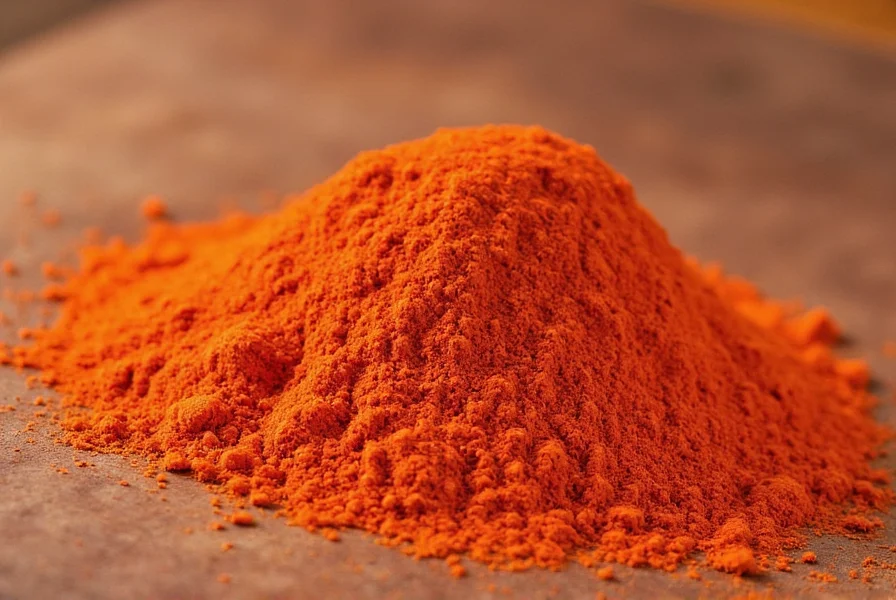
Do They Mix? Does Mexican Chili Powder Contain Paprika?
This is where things get interesting—and a bit confusing. In short: some Mexican chili powders may contain paprika, but most traditional ones do not.
Here's the breakdown:
| Chili Powder Type | Contains Paprika? | Notes |
|---|---|---|
| Authentic Mexican Blend | No | Uses regional dried peppers like ancho, guajillo, or mulato |
| U.S.-Style "Chili Powder" (e.g., McCormick) | Yes | Frequently includes paprika for color and mild sweetness |
| Commercial Blends Sold in Europe/Latin America | Sometimes | May include paprika for consistency or cost-saving reasons |
The presence of paprika often depends on the brand and intended market. If you're using a pre-packaged blend labeled as “chili powder,” especially outside Mexico, there's a chance paprika is included.
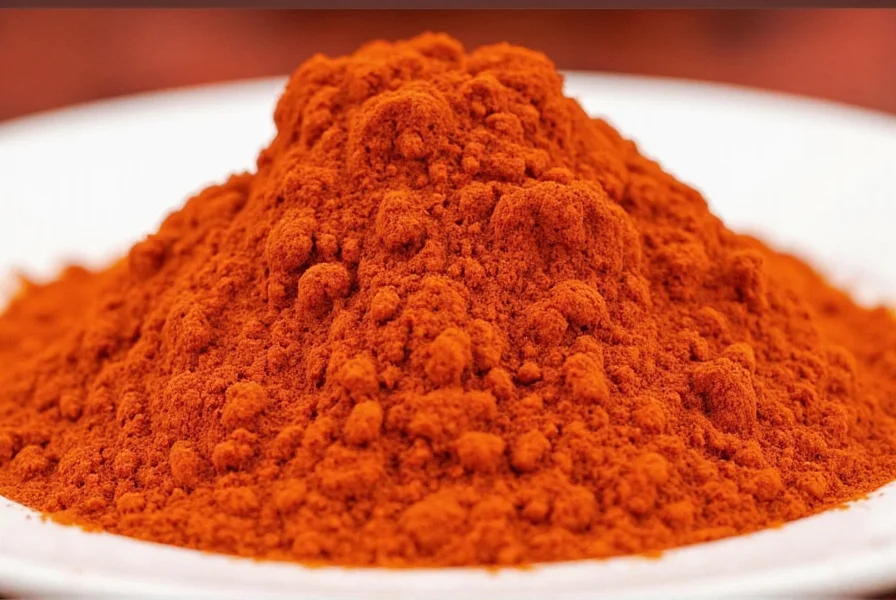
Visual Comparison: Paprika vs. Mexican Chili Powder
Let’s break it down visually so you can tell them apart at a glance:
| Feature | Paprika | Mexican Chili Powder |
|---|---|---|
| Color | Bright red-orange | Deep reddish-brown |
| Aroma | Earthy, smoky (if smoked), slightly sweet | Spicy, warm, complex, with herbal notes |
| Taste | Mild to medium heat (varies by type) | Medium to hot with depth from multiple chilies and spices |
| Texture | Fine and silky | Rougher, varied depending on grind |
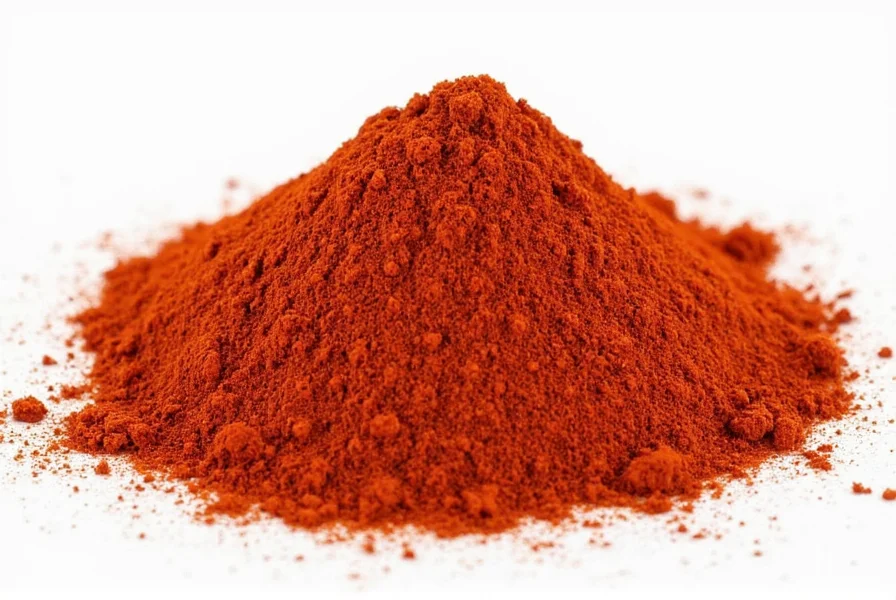
Why It Matters: Flavor, Color & Culinary Use
Knowing whether paprika is present helps you make informed choices in the kitchen. Here’s how each affects your cooking:
- Paprika:
- Adds vibrant color
- Offers mild sweetness or smokiness
- Ideal for finishing dishes like deviled eggs, goulash, or paella
- Mexican Chili Powder:
- Brings heat and complexity
- Enhances sauces, stews, meats, and mole
- Used in foundational dishes like tacos al pastor or enchiladas
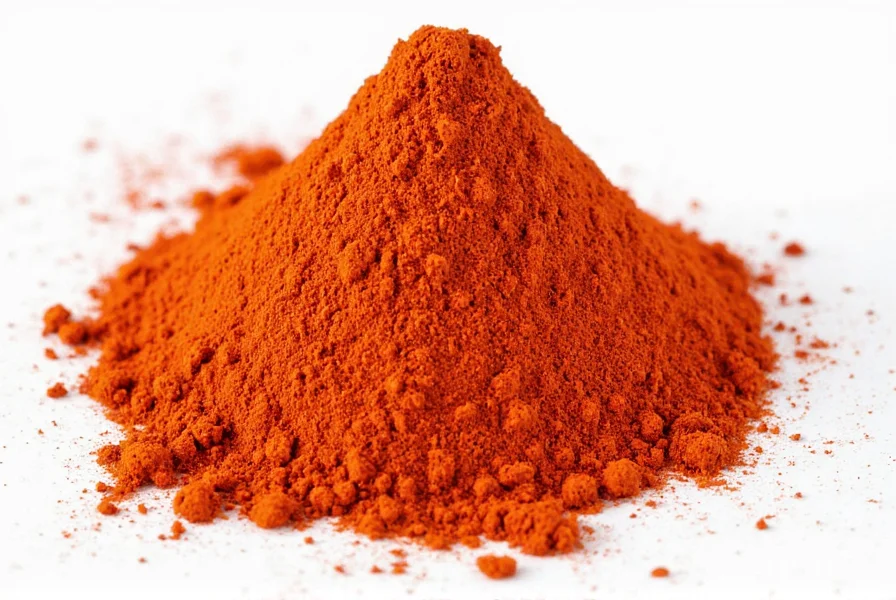
Buying Guide: How to Choose the Right Chili Powder
To ensure you’re getting the right product for your dish, here are some key tips when shopping for Mexican chili powder:
Look for Regional Authenticity
- Opt for brands that specify regional origins (e.g., Oaxaca, Yucatán, Jalisco).
- Check if the label mentions specific peppers like ancho, guajillo, or arbol.
Read the Ingredient List Carefully
- Avoid blends with unnecessary fillers like flour or anti-caking agents.
- Watch out for paprika if you want a purer Mexican flavor profile.
Check for Organic and Non-GMO Labels
- Organic options often preserve the natural flavors better.
- Non-GMO ensures purity and quality sourcing.
Brand Highlights: What’s Worth Buying?
| Product Name | Features | Best For |
|---|---|---|
| La Costeña Chile en Polvo | Authentic Mexican blend, no paprika, made with local peppers | Traditional mole, enchiladas, salsas |
| McCormick Gourmet Mexican Chili Powder | Convenient, contains paprika, balanced flavor | Quick weeknight meals, Americanized Mexican dishes |
| Badia Mexican Seasoning Blend | Includes garlic, cumin, oregano; slight paprika undertone | Tacos, fajitas, rice dishes |
| Goya Sazón Completo con Achiote | Not pure chili powder but a seasoning base with strong regional flair | Caribbean-Mexican fusion dishes |
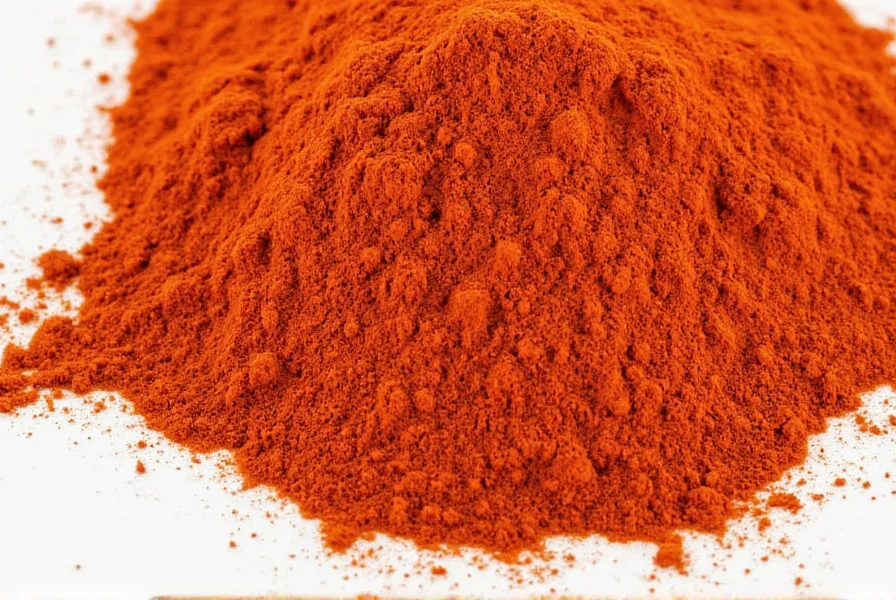
FAQs: Spice It Up!
Can I substitute paprika for Mexican chili powder?
You can in a pinch, but be aware that paprika lacks the depth and heat of a real chili powder blend. Add a pinch of cayenne or cumin to mimic some of the flavor profile.
Does chili powder go bad?
It doesn’t spoil, but its potency diminishes over time. Most spices last about 6–12 months for optimal flavor.
How should I store my chili powder?
Keep it in a cool, dark place away from moisture. Glass jars with tight lids work best.
Can I make my own Mexican chili powder?
Absolutely! Toast dried ancho, guajillo, and/or mulato chilies, remove seeds, and grind them with cumin, garlic powder, and oregano. Adjust salt and heat to taste.
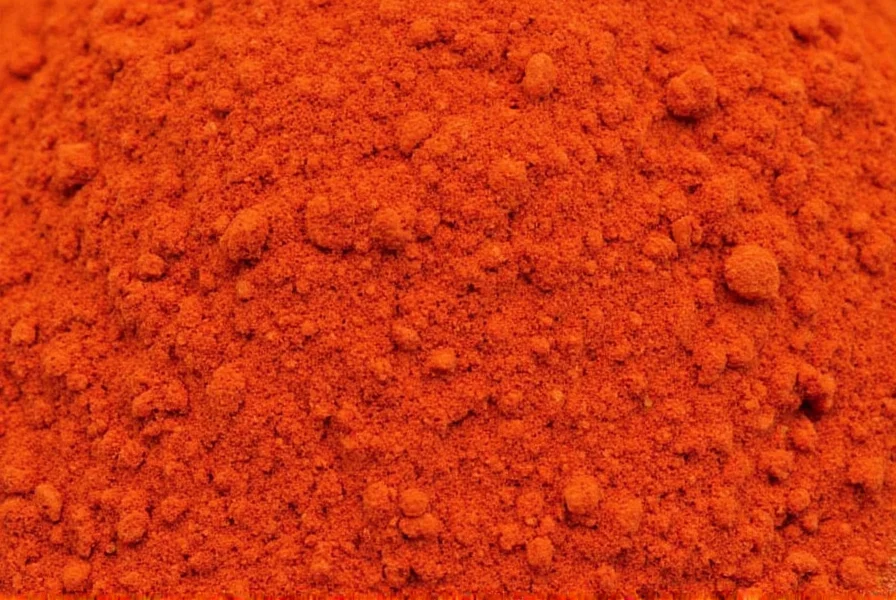
Conclusion
So, does Mexican chili powder contain paprika? Not traditionally—but some commercial blends might. Understanding the difference allows you to choose wisely based on flavor, authenticity, and use case.
Whether you’re making tacos, mole, or just spicing up your roasted vegetables, knowing your way around the spice rack makes all the difference. So next time you reach for that red powder, take a second to read the label. Your taste buds—and your recipes—will thank you.
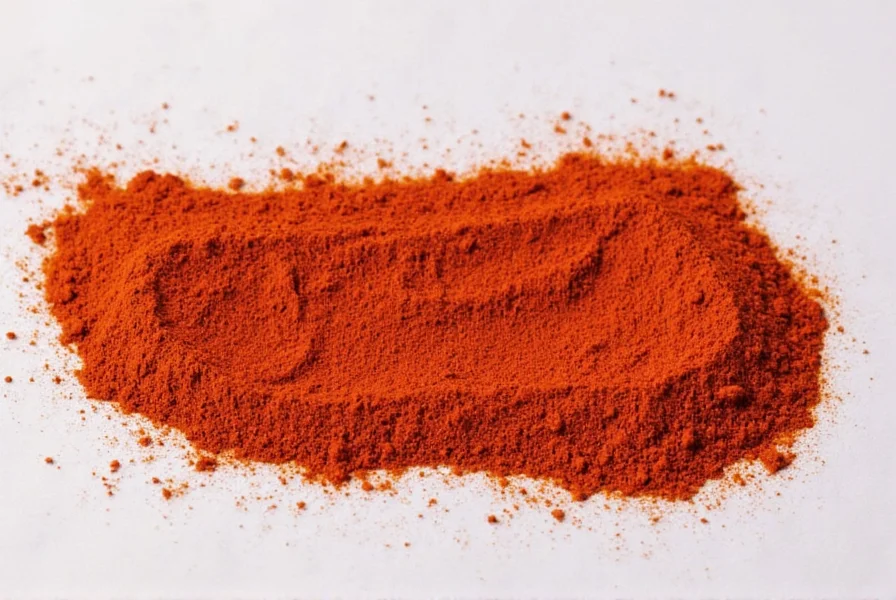

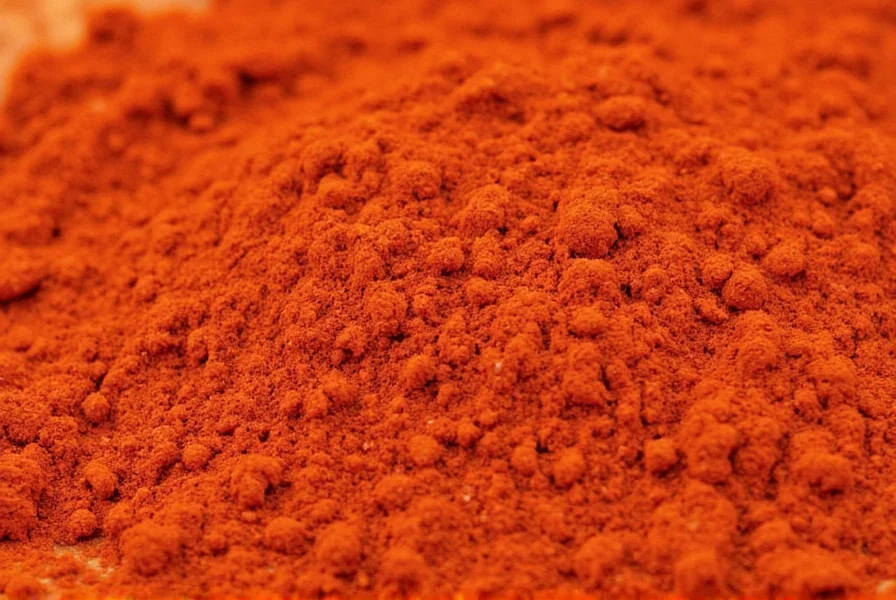









 浙公网安备
33010002000092号
浙公网安备
33010002000092号 浙B2-20120091-4
浙B2-20120091-4